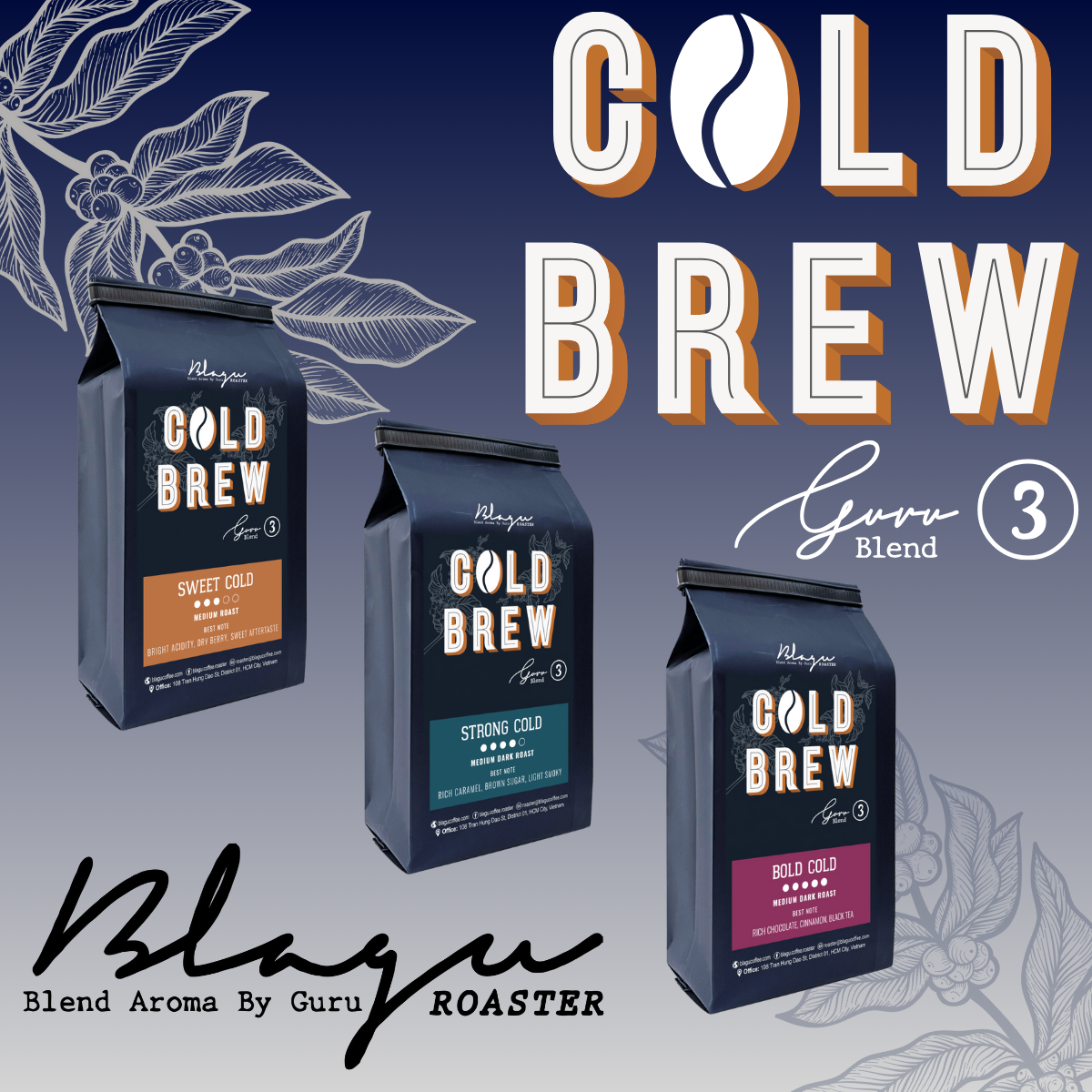The Land and Its Legacy
Peru’s landscape stretches from the misted peaks of the Andes to the lush edges of the Amazon basin, a meeting place of earth, cloud, and rain. Coffee arrived here in the mid-1800s, carried by farmers who recognized the harmony between altitude and soil. The crop found its rhythm on the eastern slopes of the mountains, where thin air and steady humidity nurture cherries that ripen in silence.
Across the highlands of Chanchamayo, Villa Rica, Piura, and Cajamarca, coffee thrives in small family farms averaging just two hectares. Each plot is an island of green amid fruit trees and jungle shade. For these farmers, coffee is more than livelihood — it is the voice of the mountains, shaped by patience, care, and the gentle hands that gather the harvest each year.
The Coffee Journey
Varieties and Altitude
Peru’s cup diversity begins in its genetics. Most of its coffee comes from Typica and Bourbon, with Caturra and Catimor gaining ground over the past decades. Grown between 3,000 and 6,000 feet above sea level, these varieties develop slowly, absorbing the minerals and cool air of the Andes. This unhurried ripening yields a cup of grace — subtle, fragrant, and beautifully balanced.
The country’s size and altitude variation make it impossible to define a single flavor. Coffees from the north are sweet and honeyed, those from the center bright and crisp, while the southern valleys express soft fruit tones. The result is not uniformity but harmony — a quiet conversation between altitude and origin.
Processing and Craft
Peruvian farmers depend on both tradition and perseverance. In the humid cloud forests, drying coffee can take weeks instead of days. The lack of sunshine becomes part of the process, as beans rest under canopies or on sheltered patios, turned daily by hand. This slow pace preserves clarity, giving Peruvian coffee its gentle sweetness and clean finish.
Processing is almost entirely fully washed, with farmers fermenting beans in small tanks and washing them in mountain water before drying. Cooperatives play a crucial role, offering shared mills and training that lift both quality and stability. Through their work, smallholders gain the confidence to reach international markets without losing their identity.

Cup Profile and Character
Peru’s coffees are admired for their mellow body, floral acidity, and crisp clarity. Beneath that calm surface lies a spectrum of taste: sugarcane and caramel, melon and citrus, almond and light cocoa. The finest lots, especially those from the Divisoria valley near Tingo Maria, reveal unexpected depth — sweet yet structured, gentle yet memorable.
This versatility has made Peruvian coffee a favorite among roasters seeking balance. It performs gracefully in both blends and single origins, always revealing the quiet sweetness of its mountain soul.
Reflections — The Spirit Behind the Bean
Peru’s farmers live close to their land, guided by seasons and the slow patience of the Andes. Their relationship with coffee is rooted in respect — for altitude, for soil, and for one another. Each harvest is a reaffirmation that quality begins not with technology but with time and touch.
To taste Peruvian coffee is to feel the calm pulse of the mountains. Every cup carries the scent of rain on stone, the memory of mist, and the steady warmth of human care. It is a coffee that whispers rather than declares, inviting you to listen to the land behind the flavor.





